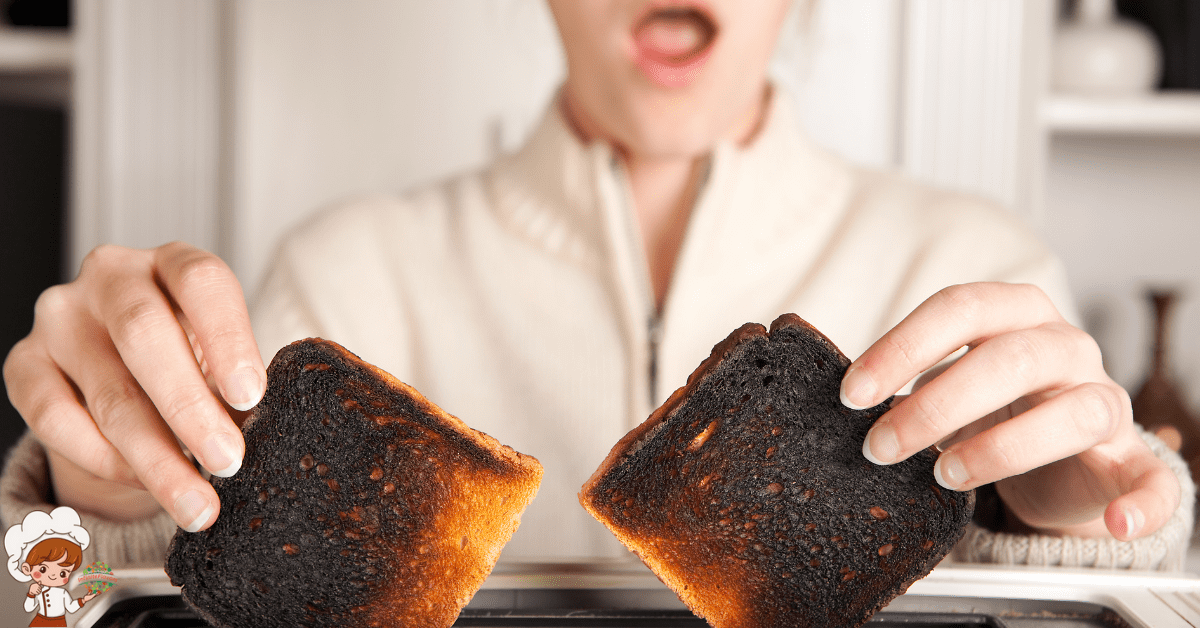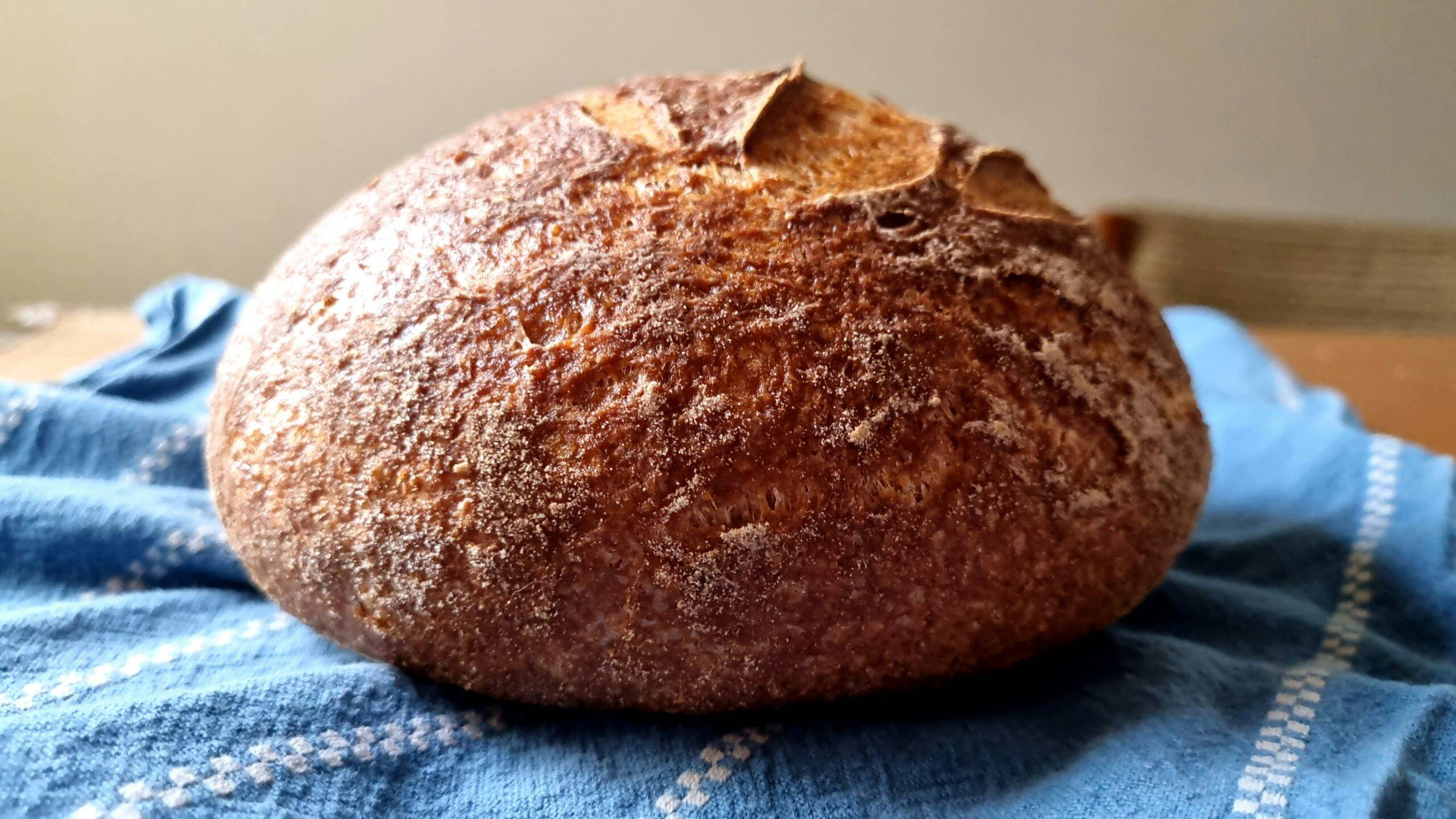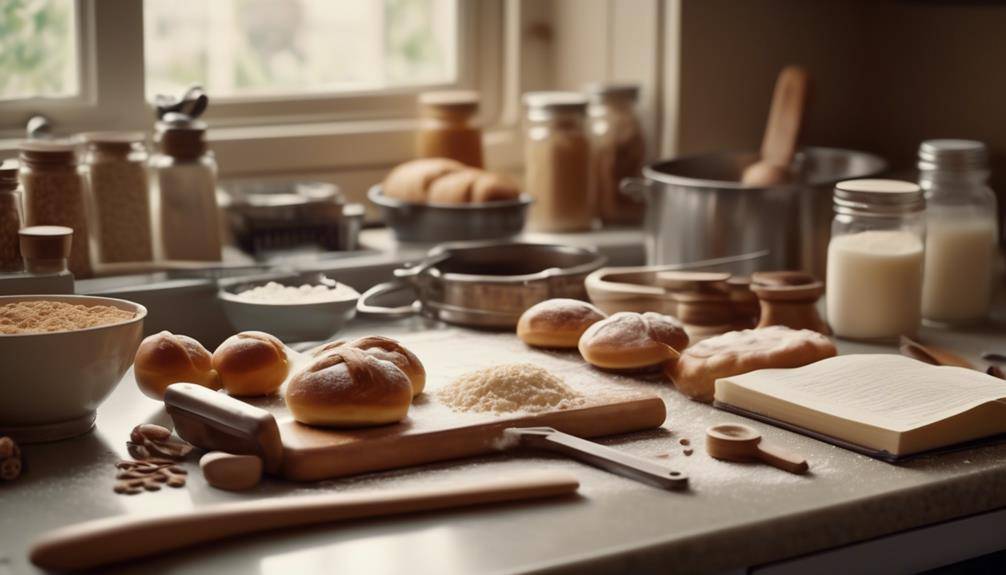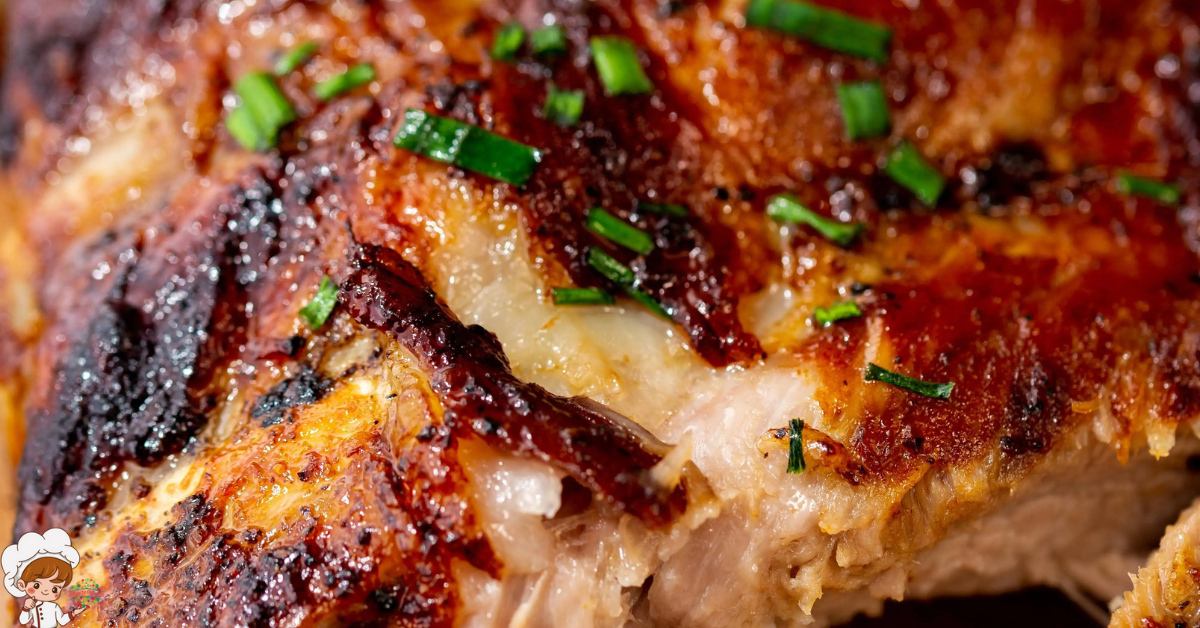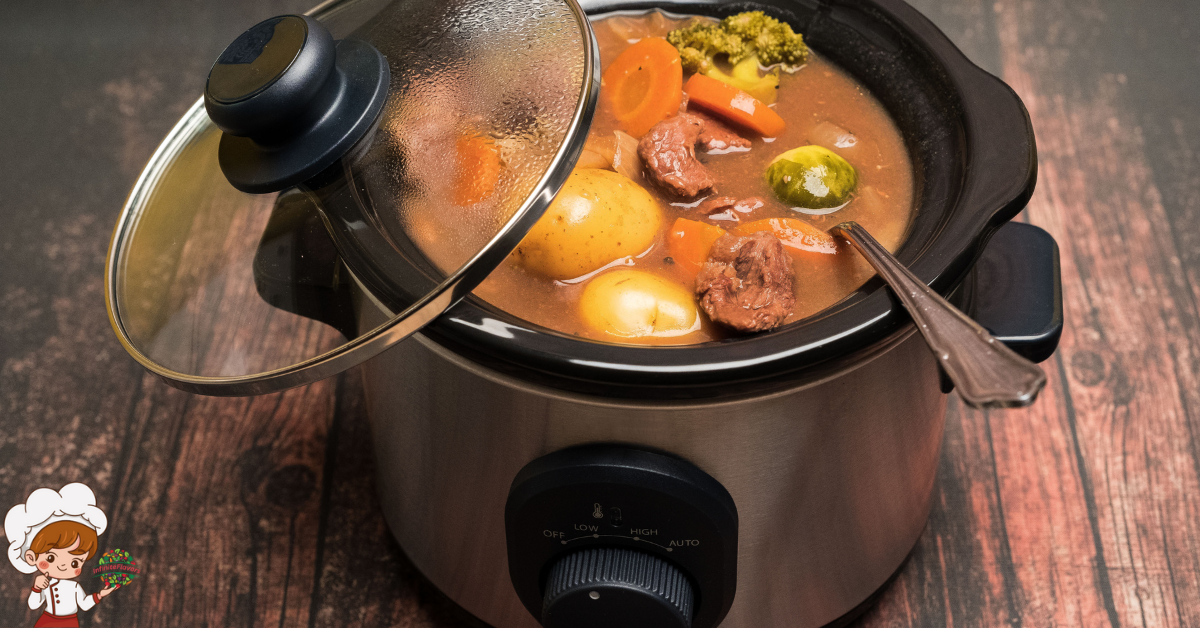Baking With Stevia: a Comprehensive How-To Guide
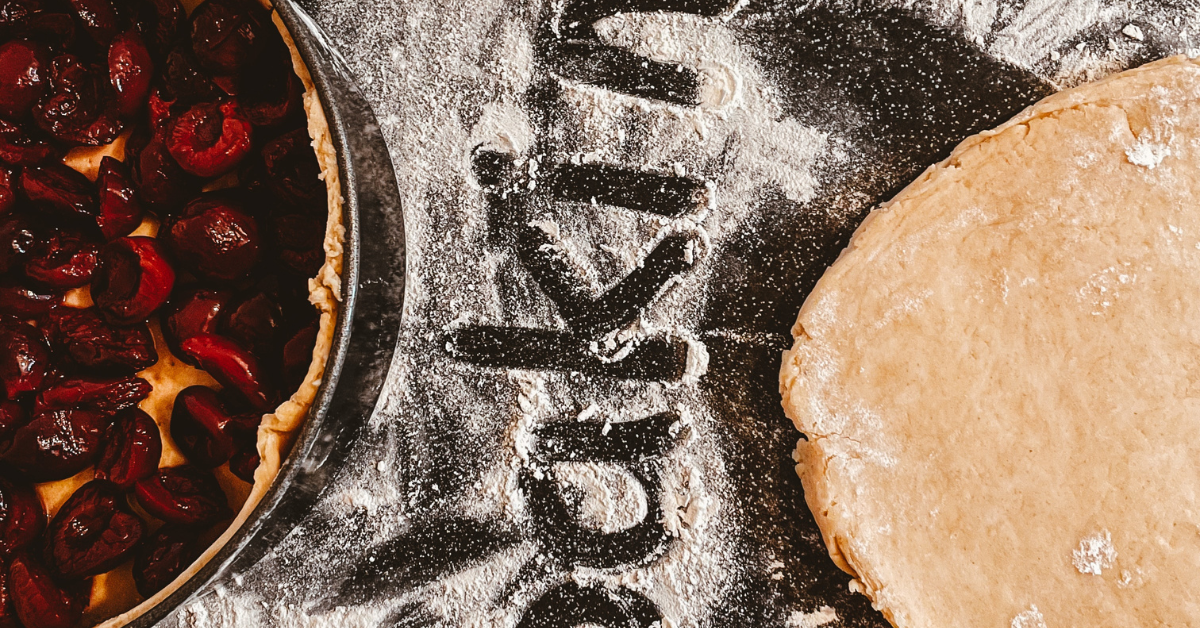
Baking With Stevia; Are you looking to cut back on sugar without sacrificing your favorite baked treats? Look no further than “Baking With Stevia: a Comprehensive How-To Guide.” This essential guide will walk you through everything you need to know about using stevia as a sugar substitute in your baking adventures.
From understanding the different forms of stevia and how to use them, to converting sugar to stevia with proper measurements and ratios, this guide has got you covered. You’ll also find a collection of delicious recipes and valuable tips and tricks to help you overcome any challenges that may arise. Discover the health benefits of baking with stevia and unlock a whole new world of guilt-free sweet indulgence.
Elevate Your Baking—Click Here To Get Your Perfect Pans and Sheets Today
Understanding Stevia: A Brief Overview
To begin understanding Stevia, let’s take a closer look at its origins and properties. Stevia is a natural sweetener that comes from the leaves of the Stevia rebaudiana plant, native to South America. It has been used for centuries by indigenous people to sweeten various foods and beverages. Stevia is known for its intense sweetness, which is derived from its active compounds called steviol glycosides. These compounds are responsible for the sweet taste of Stevia and make it a popular alternative to sugar.
One of the main advantages of Stevia is that it is a zero-calorie sweetener. This makes it a suitable option for those looking to reduce their calorie intake and manage their weight. Unlike sugar, Stevia does not contribute to the rise in blood sugar levels, making it a great choice for individuals with diabetes or those following a low-carb diet. Additionally, Stevia has been found to have a negligible effect on dental health, as it does not feed the bacteria that cause tooth decay.
When it comes to using Stevia in baking and cooking, it is important to note that it is significantly sweeter than sugar. As a result, you will only need a small amount to achieve the desired level of sweetness. It is also worth mentioning that Stevia may have a slightly bitter aftertaste, especially when used in large quantities. To counterbalance this, you can experiment with combining Stevia with other natural sweeteners, such as erythritol or monk fruit, to create a more well-rounded flavor profile.
The Different Forms of Stevia and How to Use Them
When it comes to baking with stevia, there are two main forms to consider: stevia powder and stevia liquid. Each form has its own advantages and uses. Stevia powder is a concentrated form that can be easily measured and used in recipes, while stevia liquid is more versatile and can be added to liquids or used as a sweetener for beverages. Understanding the differences between these forms will help you make the best choice for your baking needs.
Stevia Powder Vs. Liquid
If you’re unsure about whether to use stevia powder or liquid in your baking, here’s a guide to help you understand the differences and decide which form is best for your needs.
- Stevia Powder Benefits:
- Zero calories: Stevia powder is a natural, calorie-free sweetener, making it a healthy alternative to sugar.
- Easy to measure: Stevia powder is highly concentrated, so you only need a small amount to achieve the desired sweetness.
- Versatile: Stevia powder can be used in a variety of recipes, including baked goods, beverages, and sauces.
- Liquid Stevia Alternatives:
- Convenience: Liquid stevia is ready to use and doesn’t require any additional preparation.
- Easy to incorporate: Liquid stevia dissolves easily in both hot and cold liquids, making it ideal for beverages and dressings.
- Precise control: With liquid stevia, you can easily adjust the sweetness level by adding a few drops at a time.
Consider these factors when choosing between stevia powder and liquid to ensure the best results in your baking endeavors.
Baking With Stevia
Start by understanding the different forms of stevia and how to use them in your baking. There are three main forms of stevia available: stevia leaf, stevia powder, and liquid stevia. Stevia leaf is the least processed form and can be used in baking by grinding it into a powder or steeping it in hot water to create a liquid extract.
Stevia powder is a concentrated form of stevia and is often used as a sugar substitute in baking. It is important to note that stevia powder is much sweeter than sugar, so you will need to adjust the amount used in your recipes. Liquid stevia is another option and can be added directly to your baking recipes. Each form of stevia has its own unique flavor profile, so it’s important to experiment with different forms to find the one that suits your taste preferences. When using stevia in baking, it is also important to consider the specific baking techniques required for each recipe, as stevia may affect the texture and rise of your baked goods.
Elevate Your Baking—Click Here To Get Your Perfect Pans and Sheets Today
Converting Sugar to Stevia: Proper Measurements and Ratios
Achieving the perfect balance of sweetness in your baked goods is essential when converting sugar to stevia. When making this substitution, it is important to consider the flavor differences and impact on texture that stevia can have in your recipes. Here are some key points to keep in mind:
- Flavor Differences: Stevia is a natural sweetener that comes from the leaves of the stevia plant. It has a distinct taste that can be slightly bitter or metallic to some people. When converting sugar to stevia, it is important to consider how this flavor difference might affect the overall taste of your baked goods. It is recommended to start with a smaller amount of stevia and adjust to taste, as the sweetness level can vary depending on the brand and type of stevia used.
- Impact on Texture: Sugar not only provides sweetness but also contributes to the texture and structure of baked goods. When using stevia as a sugar substitute, it is important to be aware that it does not have the same bulking and moisture-retaining properties as sugar. This can result in a drier and crumbly texture in your baked goods. To counteract this, you can try adding additional moisture to the recipe, such as using applesauce or yogurt, or increasing the amount of fat or liquid ingredients.
- Proper Measurements and Ratios: Converting sugar to stevia requires some calculation to achieve the right sweetness level. Stevia is much sweeter than sugar, so you will need to use a smaller amount. As a general guideline, you can use about one teaspoon of stevia for every cup of sugar. However, it is important to note that this ratio can vary depending on the recipe and personal preference. It is always a good idea to start with a smaller amount and adjust as needed.
Baking Tips and Tricks for Using Stevia
To enhance your baking experience with stevia, try incorporating these helpful tips and tricks. When baking with stevia, it is important to remember that it is much sweeter than sugar, so a little goes a long way. Start by using small amounts and gradually increase if needed. Additionally, keep in mind that stevia can sometimes have a bitter aftertaste, especially when used in large quantities. To counteract this, you can try adding a pinch of salt or using other flavors like vanilla extract or citrus zest to mask the bitterness.
When substituting stevia for sugar in baked goods, it is recommended to use alternative sweeteners, such as applesauce, mashed bananas, or yogurt, to add moisture and improve the texture. These ingredients not only provide sweetness but also contribute to the overall taste and consistency of your baked goods.
Stevia can also be used in savory baking, adding a touch of sweetness to dishes like bread, muffins, or even roasted vegetables. However, it is crucial to be mindful of the balance between sweetness and savory flavors. Start by using a small amount and adjust as needed, tasting along the way to achieve the desired flavor profile.
When using stevia in recipes that require yeast, it is important to note that it does not feed yeast like sugar does. To ensure proper rising, you may need to add a small amount of sugar or another natural sweetener to help activate the yeast.
Recipes for Sweet Treats Using Stevia
Looking for delicious sweet treats that use stevia instead of sugar? You’ve come to the right place! In this section, we’ll explore a variety of recipes that will satisfy your cravings while keeping your sugar intake in check. From cookies to cakes, we’ve got you covered with tasty options that make use of stevia’s natural sweetness.
Stevia Vs. Sugar
You can easily create delicious sweet treats using stevia instead of sugar. Stevia is a natural sweetener derived from the Stevia rebaudiana plant and is commonly used as a sugar substitute due to its zero-calorie and low glycemic index properties. Here’s why stevia is a great alternative to sugar:
- Stevia as a sugar substitute:
- Stevia is much sweeter than sugar, so you only need a small amount to achieve the desired sweetness.
- Unlike sugar, stevia does not contribute to tooth decay.
- Stevia does not raise blood sugar levels, making it suitable for people with diabetes or those watching their sugar intake.
Baking Tips and Tricks
One way to create delicious sweet treats using stevia instead of sugar is by following these baking tips and tricks. When baking with stevia, it is important to remember that it is much sweeter than sugar, so you will need to use less. A general rule of thumb is to use about 1 teaspoon of stevia for every cup of sugar called for in the recipe. Another baking technique to keep in mind is to add a small amount of fat, such as butter or oil, to maintain moisture and texture in your baked goods.
Additionally, when using stevia in baked goods, it is helpful to add a bit of acid, like lemon juice or vinegar, to enhance the sweetness. Lastly, if you want to substitute stevia for sugar in a recipe, make sure to adjust the other ingredients accordingly. By following these baking tips and tricks, you can enjoy delicious sweet treats using stevia.
Elevate Your Baking—Click Here To Get Your Perfect Pans and Sheets Today
Baking With Stevia: Addressing Common Challenges
To successfully overcome common challenges when baking with stevia, it’s important to be aware of the potential issues that may arise and how to address them using simple yet effective techniques. Baking with stevia can be a bit tricky at first, but with the right knowledge and troubleshooting tips, you can achieve delicious and satisfying results. Here are some common challenges you may encounter when baking with stevia and how to overcome them:
- Bitter aftertaste: Stevia can sometimes leave a bitter aftertaste in baked goods. To minimize this, try combining stevia with other natural sweeteners like erythritol or monk fruit. You can also experiment with adding a pinch of salt or using flavors like vanilla or cinnamon to mask the bitterness.
- Dry texture: Stevia can absorb moisture, leading to a dry texture in baked goods. To combat this, try increasing the amount of liquid ingredients, such as milk or yogurt, in your recipes. Adding applesauce or mashed bananas can also help retain moisture and create a softer texture.
- Lack of browning: Stevia does not caramelize like sugar, which can result in a lack of browning in baked goods. To achieve a desirable golden-brown color, you can brush the top of your baked goods with a beaten egg or milk before baking. Alternatively, you can use a blowtorch or broiler to lightly brown the surface after baking.
Exploring the Health Benefits of Baking With Stevia
Discover the numerous health benefits of baking with stevia. Stevia, a natural sweetener derived from the leaves of the Stevia rebaudiana plant, offers several advantages over traditional sugar when it comes to baking. One of the most significant health benefits of using stevia is its impact on blood sugar levels.
Unlike sugar, stevia does not contain calories or carbohydrates, making it a suitable option for individuals who need to manage their blood sugar levels. This is particularly beneficial for those with diabetes or individuals looking to reduce their sugar intake. Studies have shown that stevia has a minimal effect on blood glucose levels, making it a safe choice for people who need to control their blood sugar levels.
In addition to its impact on blood sugar levels, stevia also offers other health benefits. It is known to be a potent antioxidant, which helps protect the body against free radicals that can cause cell damage and contribute to various diseases. Stevia has also been shown to have anti-inflammatory properties, which can help reduce inflammation in the body and support overall health.
Furthermore, stevia has been used for centuries as a natural remedy for certain ailments. It has been suggested to have antimicrobial properties, which can help fight against certain bacteria and fungi. Additionally, some studies have shown that stevia may have a positive impact on blood pressure and cholesterol levels.
Frequently Asked Questions
Can I Use Stevia in Savory Dishes or Is It Only Suitable for Sweet Treats?
You can definitely use stevia in savory dishes. It adds a touch of sweetness without the calories. Just be mindful of the impact on the flavor profile, as stevia can have a slightly bitter aftertaste.
Are There Any Potential Side Effects or Health Risks Associated With Consuming Stevia?
There are potential side effects associated with consuming stevia, although they are generally considered safe in moderate amounts. Some people may experience gastrointestinal issues or allergic reactions. Long-term effects are still being studied.
How Does Stevia Compare to Other Natural Sweeteners Like Honey or Maple Syrup in Terms of Taste and Texture?
When comparing taste and texture, stevia differs from honey or maple syrup. Stevia has a unique, slightly bitter aftertaste, while honey and maple syrup offer a more traditional sweetness. Use stevia sparingly in baking for best results.
Can I Substitute Stevia for Sugar in All Types of Baking Recipes or Are There Certain Recipes Where It May Not Work as Well?
Yes, you can substitute stevia for sugar in most baking recipes. However, keep in mind that stevia is much sweeter than sugar, so you’ll need to adjust the amount. Also, be aware that stevia can affect the texture of baked goods.
Can Stevia Be Used in Combination With Other Sweeteners, Such as Sugar or Artificial Sweeteners, to Achieve the Desired Level of Sweetness?
Yes, you can combine stevia with other sweeteners like sugar or artificial sweeteners to achieve the desired level of sweetness. Stevia blends are available specifically for baking, making it easier to substitute in recipes.
Conclusion
In conclusion, baking with stevia can be a great alternative for those looking to reduce their sugar intake and enjoy healthier sweet treats. By understanding the different forms of stevia and how to properly convert sugar to stevia, you can successfully incorporate this natural sweetener into your baking recipes. With the right tips and tricks, you can overcome common challenges and create delicious desserts that are both tasty and beneficial for your health. Start exploring the world of stevia and enjoy guilt-free indulgence.



